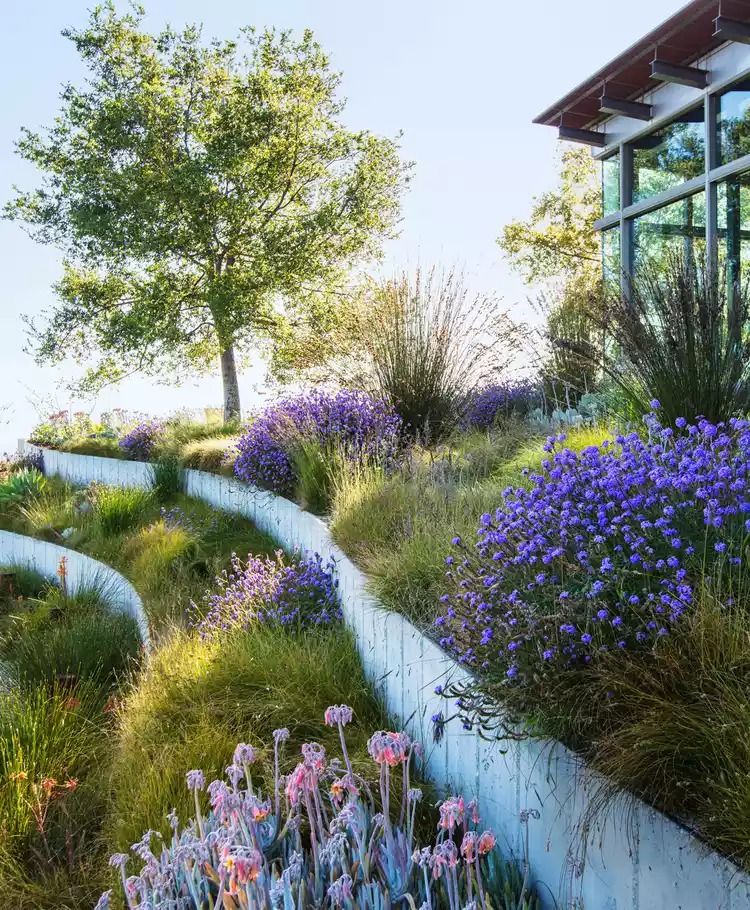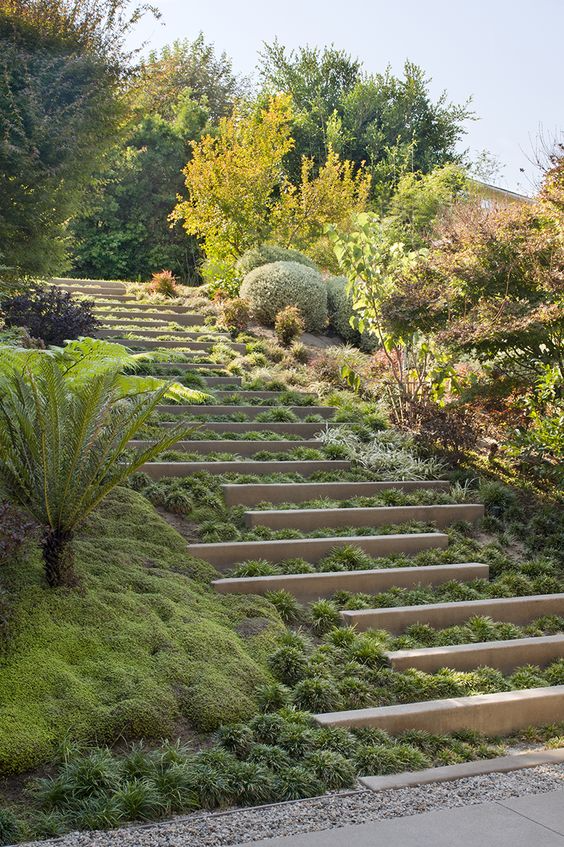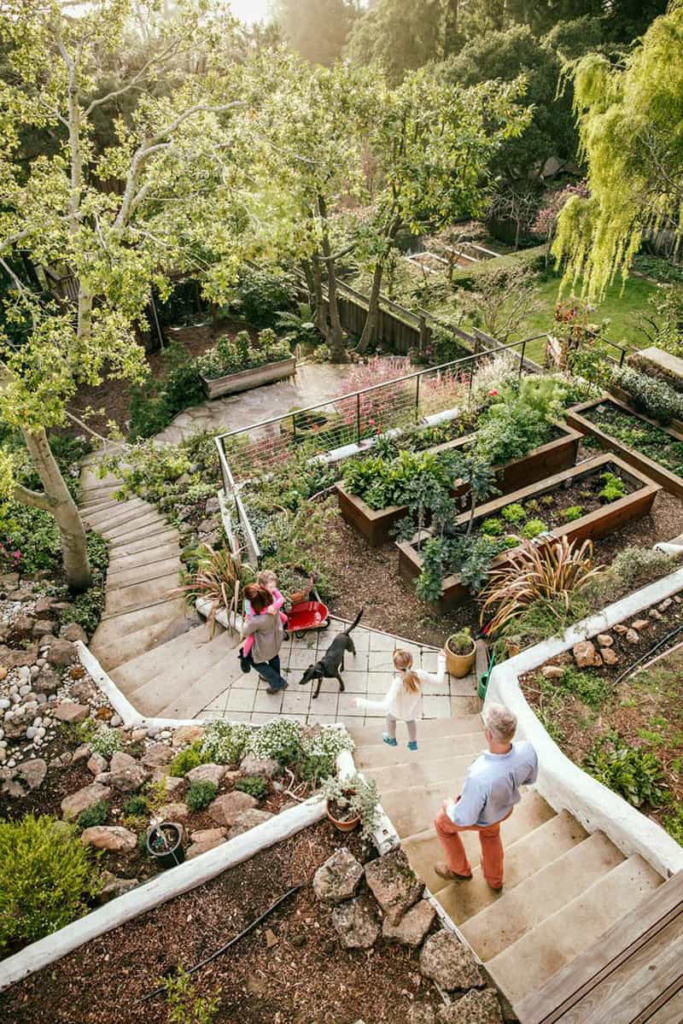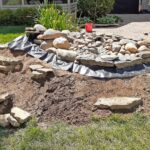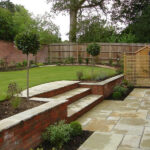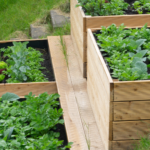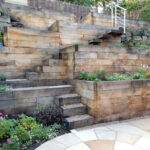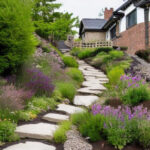Gardening on a slope can present both challenges and opportunities for garden design. Sloping terrain can add visual interest to a garden, creating a sense of depth and dimension. However, it can also pose challenges in terms of erosion control, water drainage, and plant stability. When designing a garden on a slope, it is important to take these factors into consideration in order to create a beautiful and functional outdoor space.
One of the key considerations when designing a garden on a slope is erosion control. In order to prevent soil erosion, it is important to choose plants with strong root systems that can help anchor the soil in place. Additionally, using retaining walls or terracing can help to stabilize the slope and prevent soil from washing away during heavy rains.
Water drainage is another important factor to consider when designing a garden on a slope. Proper drainage is essential to prevent water from collecting and causing soil erosion or flooding. Incorporating features such as swales, dry creek beds, or French drains can help to channel water away from the slope and protect your plants from water damage.
When selecting plants for a garden on a slope, it is important to choose species that are well-suited to the conditions of the site. Plants with deep root systems, such as native grasses and shrubs, are typically better able to withstand the challenges of a sloping landscape. Additionally, selecting a mix of ground covers, shrubs, and trees can help to create visual interest and provide habitat for wildlife.
Incorporating hardscape elements into the design of a garden on a slope can help to create structure and define different areas of the space. Features such as stone pathways, retaining walls, or terraced gardens can help to break up the slope and create a visually appealing garden layout. Additionally, adding seating areas or outdoor living spaces can help to make the garden more functional and enjoyable for relaxation and entertaining.
Overall, designing a garden on a slope requires careful planning and consideration of the unique challenges and opportunities presented by the terrain. By addressing issues such as erosion control, water drainage, plant selection, and hardscape design, it is possible to create a beautiful and functional garden that enhances the natural beauty of the slope. With proper planning and attention to detail, a garden on a slope can become a unique and inviting outdoor oasis for both users and wildlife alike.
